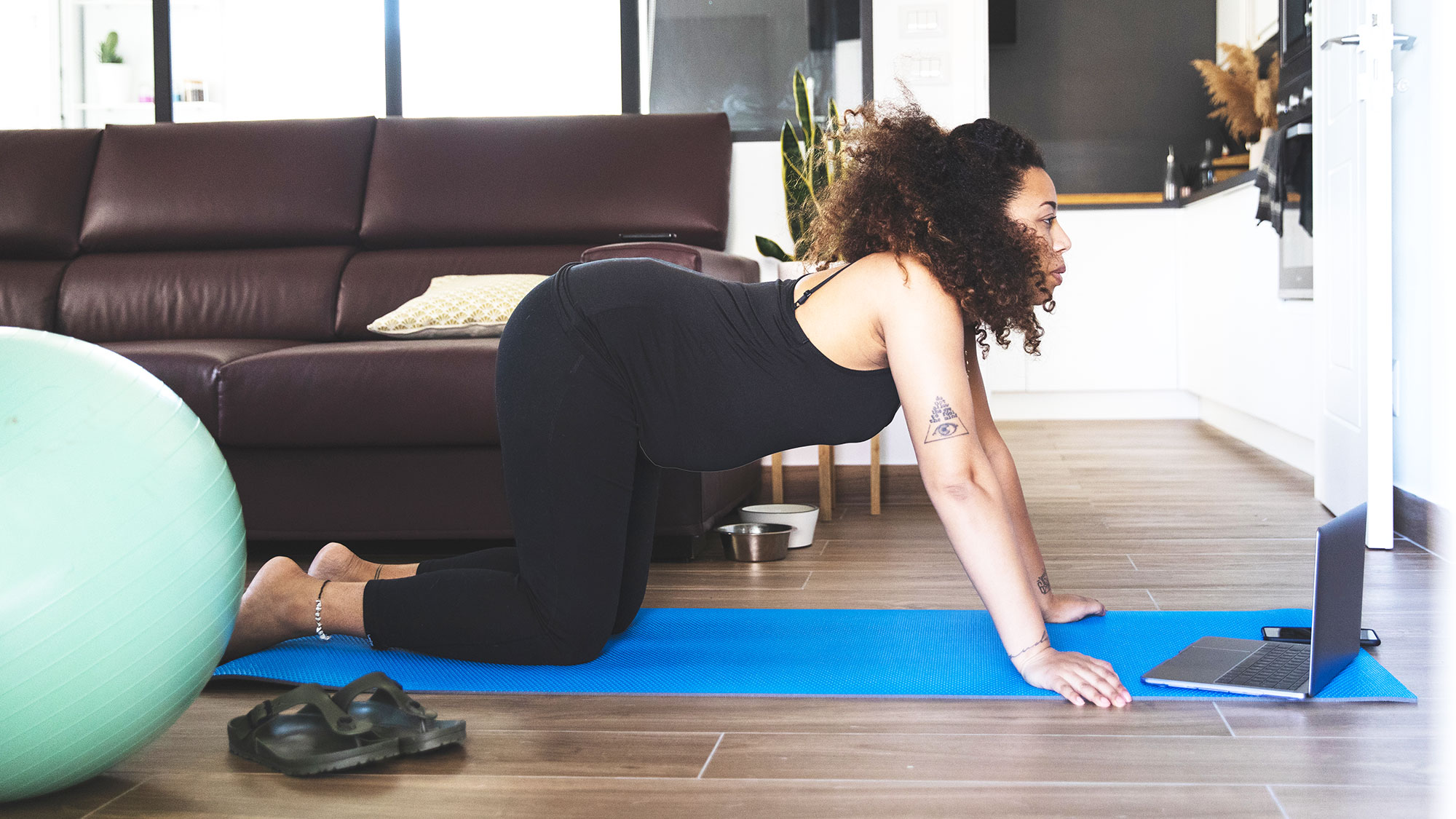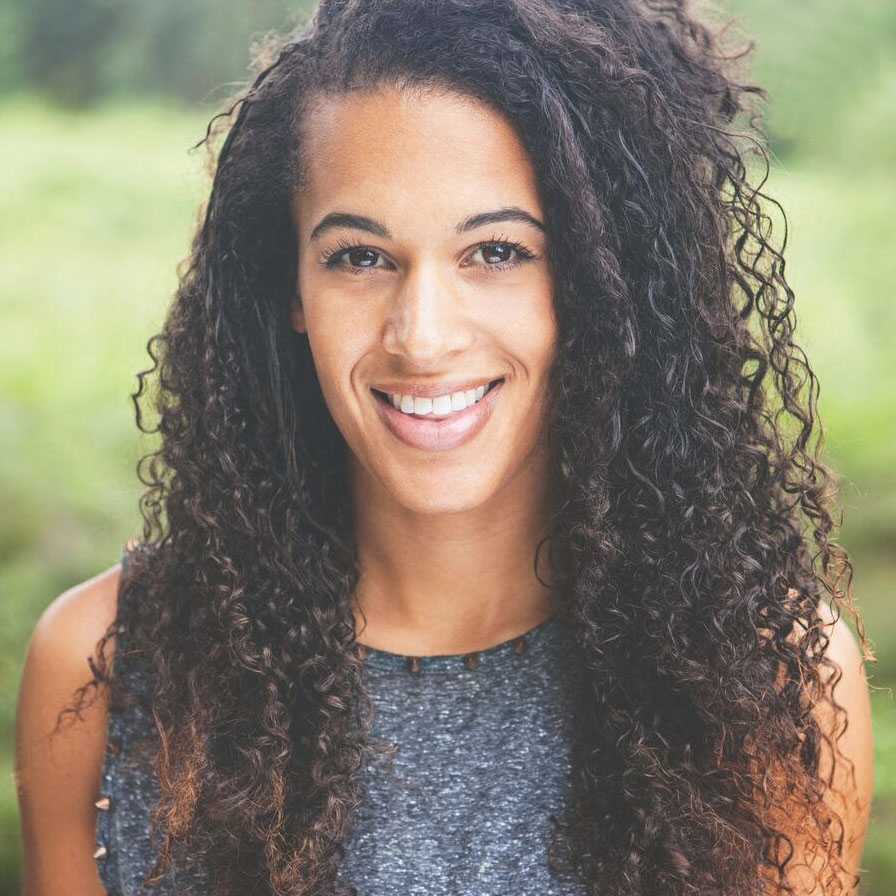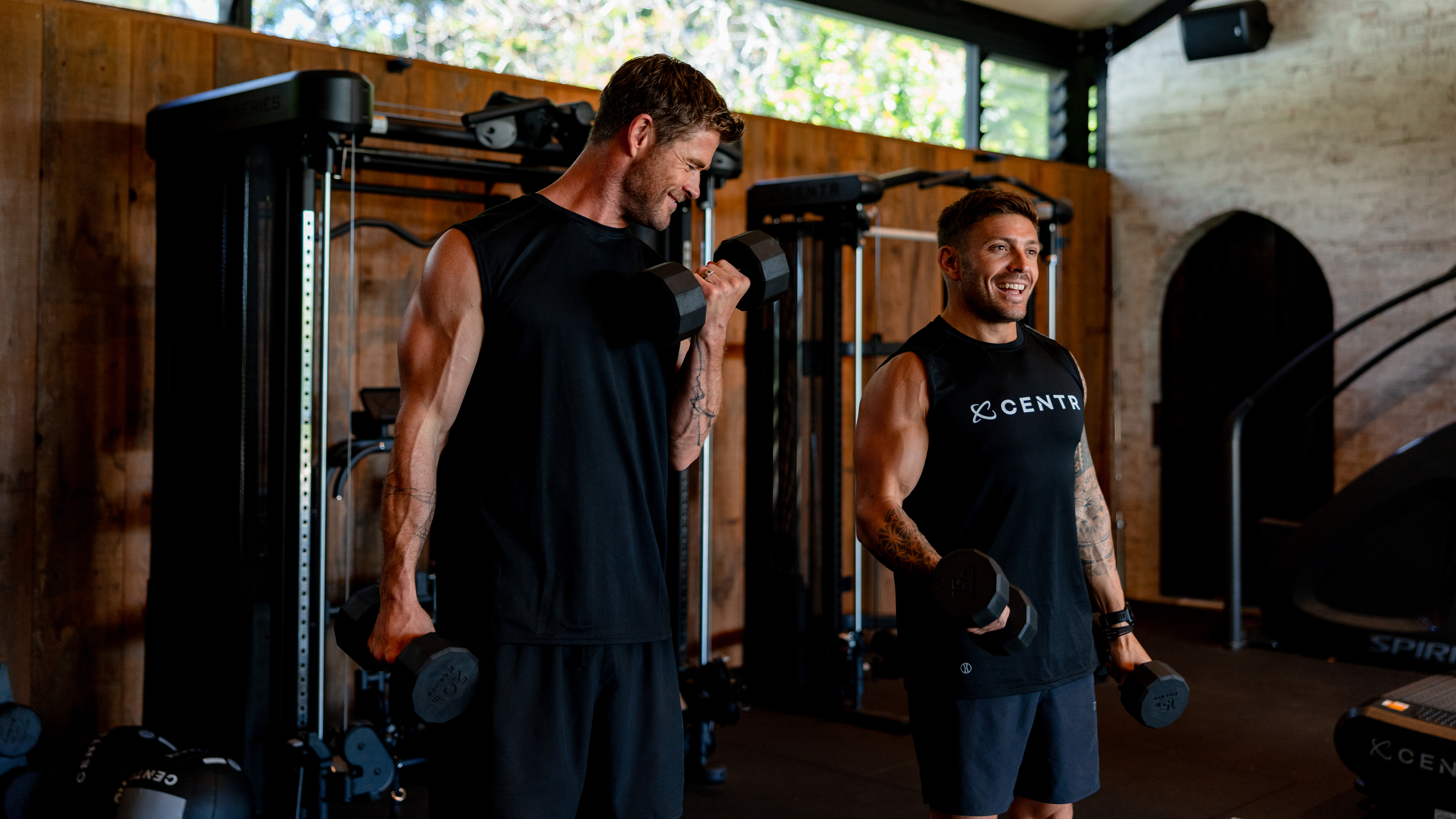Pelvic floor exercises in pregnancy: an expert-approved routine
It's important to do pelvic floor exercises in pregnancy, given the pivotal role the associated muscles play in delivering your baby


During pregnancy it’s important to not only strengthen the pelvic floor but also learn to relax and release this muscle group in order to efficiently prepare the body for labour.
Releasing the pelvic floor is important to assist baby in descending down the birth canal - just one of the reasons that a pelvic floor workout is one of the best pregnancy exercises you can do.
Kegal exercises have long been practiced as a good way to strengthen the pelvic floor and whilst they are an important part of a core workout program, there are many other exercises we should be considering also, alongside finding ways to progress the standard Kegal exercises to encourage a more global engagement of the pelvic floor.
Far too often pelvic floor exercises are practiced in an isolated format, however for functional purposes we must also introduce movement. Let’s face it, no one ever wet themselves standing still!
With that in mind, below I've detailed five of my favorite exercises to progress your pelvic floor work, as well as a video on how to exercise your entire core safely during pregnancy.
You'll also find a guide to mastering the basics of pelvic floor exercises in pregnancy
A post shared by StrongLikeMum (@shakira.akabusi)
A photo posted by on
1. Pelvic tilt in box position
This exercise helps you maintain good spinal flexibility and pelvic floor control during pregnancy. The box position is also great for any women choosing an active labour.
Get the Fit&Well Newsletter
Start your week with achievable workout ideas, health tips and wellbeing advice in your inbox.
- Position yourself on all fours, hands and knees hip-width apart, with your head aligned with your spine.
- On a count of 3-4, inhale through your nose whilst maintaining good alignment along your spine and a neutral pelvis. Focus on expanding the ribcage, releasing your tummy outwards and relaxing the pelvic floor but do not bear down.
- On a count of 3-4, exhale through your mouth using a soft ‘Fff’ sound, whilst drawing up your pelvic floor muscles. Visualize your coccyx and pubic bones moving towards each other and drawing up. Allow a posterior tilt of you pelvis (tucking under) which will result is a small rounding of your back. Draw your belly button up towards your spine, as though you are hugging baby with your core muscles.
- Hold this position for the remainder of your out-breath, then inhale and release back to neutral position.
- Repeat 8 times with slow, controlled breathing.
2. Lateral leg abductions
This exercise will challenge your pelvic floor in an eccentric form (movement that lengthens a muscle at the same time it is being contracted), which leads to better functional stability of your pelvis.
As the leg moves laterally your challenge will be to maintain a stabile pelvis. The way to do this is to focus on standing as tall as possible on the support leg building fantastic glute strength.
- Stand upright next to a stable surface such as a wall, sideboard to chair. Keep both feet hip-width apart and place the inside hand against your support if necessary.
- Adopt an upright, tall posture. Inhale and as you exhale, lift one leg out to the side. Simultaneously draw up your pelvic floor by visualizing your pubic bone and coccyx coming together and lifting up.
- Inhale and return the leg to starting position. Repeat 8 times and turn to complete the other side.
3. Standing Row
This exercise prepares you for any daily functional activities, such as safely pulling a heavy duvet or a shopping trolley towards you. You'll need an exercise band (check out Fit&Well's pick of the best resistance bands) or else you can use an old pair of tights.
Please note that in the later stages of your pregnancy you might choose to perform this exercise seated on a chair.
- Stand with your feet hip-width apart and your knees slightly bent.
- Loop an exercise band around a stable support such as a bed post or, if outside, around a tree. Hold each end of the band with one hand.
- Inhale and as you exhale pull it towards you in a ‘rowing motion’. Keep your elbow close to your sides as they draw backwards. Exhale throughout and draw up your pelvic floor.
- Reverse the arm action and inhale releasing your abdominal tension.
4. Squats
Wondering how to do squats in pregnancy? I'm here to help you!
One of the main points to make is that, although an optimum squat would be achieved with a 90 degree angle at both your knees and hips, during pregnancy a smaller bend maintaining a shallower angle is fine.
You may also wish to hold onto the back of a chair or similar support.
- Stand with both feet hip width apart, arms at your side.
- Inhale and as you exhale bend both knees, pushing your bottom backwards - you should feel your weight shifting onto your heels.
- Inhale and reverse the move back to your starting position.
- This move can be advanced by taking both arms overhead whilst moving into the squat, increasing the challenge for your abdominal control (this is entirely optional).
5. Knee lifts/marching
- Stand with your feet hip-width apart and adopt a good posture, with your head positioned on top of your spine.
- Inhale and as you exhale lift one knee in front of you to a 90-degree angle whilst drawing up your pelvic floor, engaging your deep core muscles.
- Inhale and place your foot back to the start position relaxing your pelvic floor muscles.
- Repeat with opposite knee.
Mastering the basics of pelvic floor exercises
To get the most out of any pelvic floor exercises (in pregnancy or otherwise) it's important to master the basics that should be applied at all times.
- Engaging the core
First we must engage our core and this is best done by utilizing our breath. The pelvic floor is myofascially connected to our respiratory system via the diaphragm, therefore we can use specific breathing techniques to connect with our deep core muscles. The pelvic floor often works in synergy with the transverse abdominis, the deepest of our abdominal layers, which will also be targeted with the below exercises.
- Three-dimensional breathing
The below video explains how to use an efficient breath to engage the pelvic floor muscles. For women who are in the later stages of pregnancy and find it difficult to lie on their back, this can also be practiced in the four point kneeling position, or seated on a chair.
A post shared by StrongLikeMum (@shakira.akabusi)
A photo posted by on
- The Kegal Continuum
In a 2012 blog post, leading women's health expert Jenny Burrell details her Kegal Continuum, a five-step plan to progressing simple Kegal exercise to achieve more effective results.
This includes the importance of visualization when activating the pelvic floor. Traditionally people have recommend ‘imagining you are stopping the flow of urine’ however research suggests that for a more global activation of the pelvic floor, we should also be including a lifting up through the rectum.
Burrell outlines the benefits of visualizing the pubic bone and coccyx coming together and lifting up and recommends this as a good way to activate the entire core. Using this technique along with a controlled breath (as in the video above) assist with creating synergy between the pelvic floor and transverse abdominis.
Shakira Akabusi is founder of StrongLikeMum, an advanced pre and postnatal practitioner, speaker, writer and mum of four - including newborn twins. Having trained clients for over 10 years, Shakira is passionate about encouraging positive physical and mental wellbeing. Combining her expertise as a pre and postnatal specialist with her experience as a mum allows Shakira to offer a unique insight into maintaining a healthy lifestyle as a mother. Shakira promotes whole body health, and is particularly passionate about highlighting the connection between physical and mental wellbeing. Having launched her StrongLikeMum podcast earlier this year, Shakira is excited to release the full StrongLikeMum Method shortly.
-
 Build blockbuster arms and abs with Chris Hemsworth's go-to dumbbell circuit
Build blockbuster arms and abs with Chris Hemsworth's go-to dumbbell circuitAll you need are adjustable dumbbells and 20 minutes
By Sam Rider Published
-
 Forget crunches—if I wanted to improve core strength I'd do this neck-friendly Pilates workout
Forget crunches—if I wanted to improve core strength I'd do this neck-friendly Pilates workoutAnd it takes just five minutes
By Maddy Biddulph Published